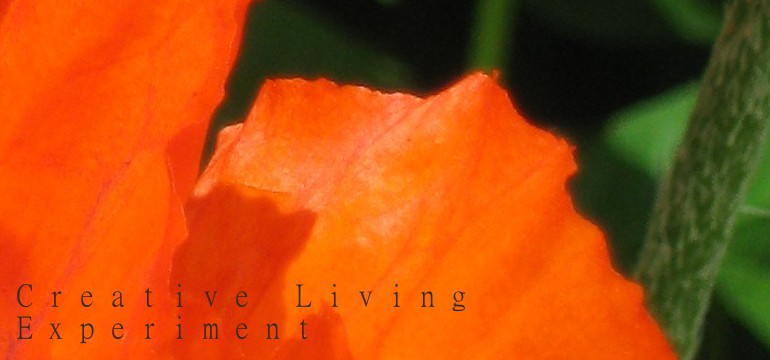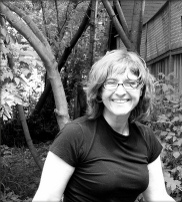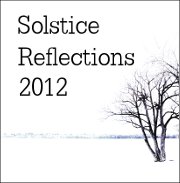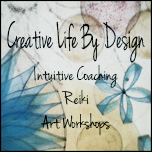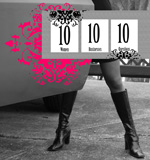On Learning My Craft...
 Wednesday, June 8, 2011 at 09:00PM
Wednesday, June 8, 2011 at 09:00PM peony abstract, homage to Georgia O'Keeffe
(this is not a painting, original photo modified using GIMP)
For the past several months I’ve been functioning on a “next right step” basis. Having a general idea of where I want to go, I ask myself and the Universe “What is the next right action to take?” Often I get an answer and often I don’t know where it will lead me, but I do it anyway.
Today I ponder the question specifically about my painting.
I know I love to paint and I could eat, sleep and talk about art and creativity ad nauseam. Just ask my work colleagues, friends and family.
I know I want to learn more about the craft and its basics: composition, drawing, colour theory…
Though not exclusively, I also know that I’m drawn to abstract painting which is different (or at least I perceive it to be) than most types of work I see within my current creative community.
So where to from here? How do I grow my skills and knowledge as a painter?
Art classes, workshops and books are obvious ways to learn and no-brainers for me. So is practice (though committing to it is hard).
But what about finding an artistic mentor? Or registering for a creative arts program? Or creating my own self-directed artistic learning path?
All possibilities I’ve pondered – and still am pondering.
I suspect I already have the answers. The key is to be still enough to hear them.
And if in doubt? There's always putting brush to canvas. I can't go wrong with that.
~~~
Do you ponder your artistic growth? What could you learn to further your craft, and how could you go about learning it?
 Steph |
Steph |  2 Comments |
2 Comments |  Learning,
Learning,  Painting,
Painting,  Self-learning
Self-learning Follow me on Twitter and Facebook. Join the mailing list.
